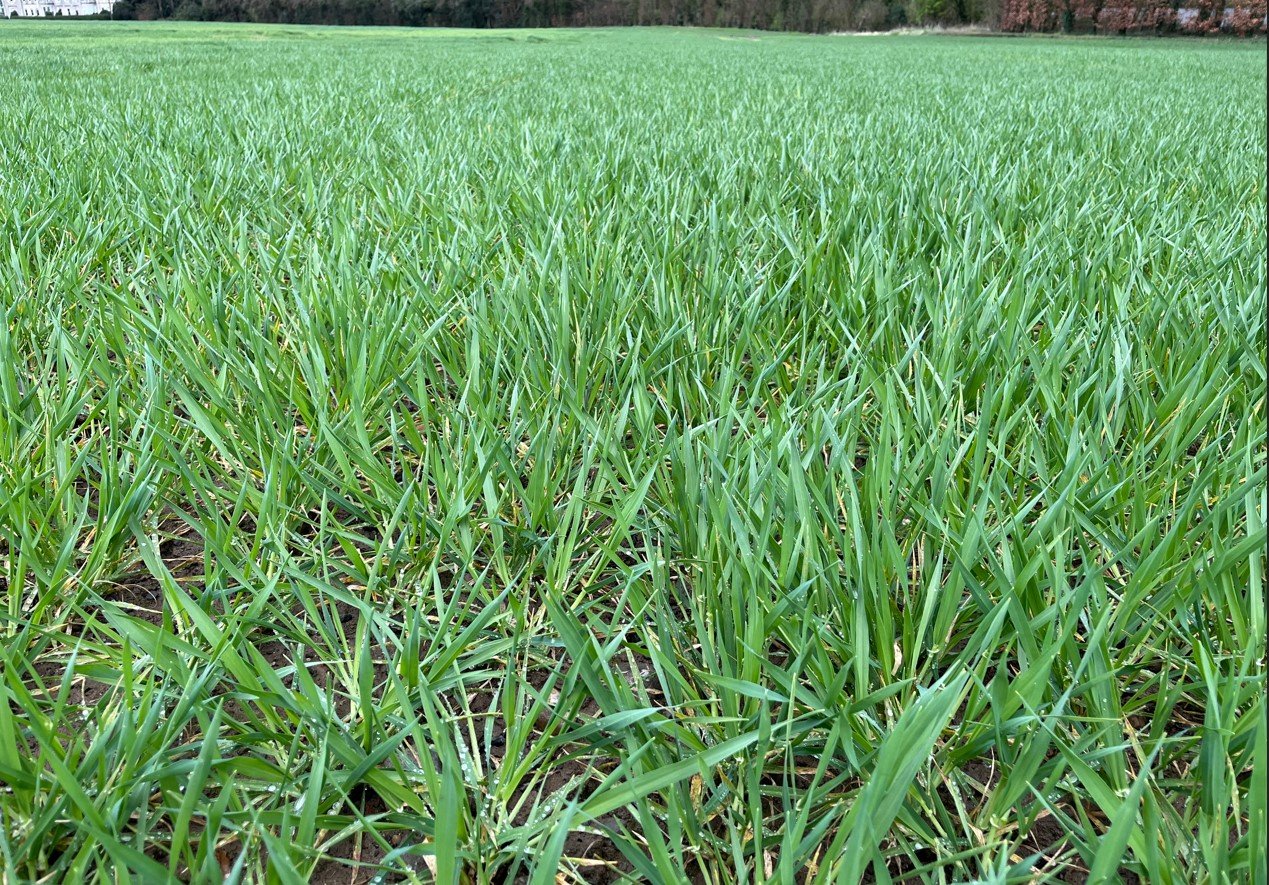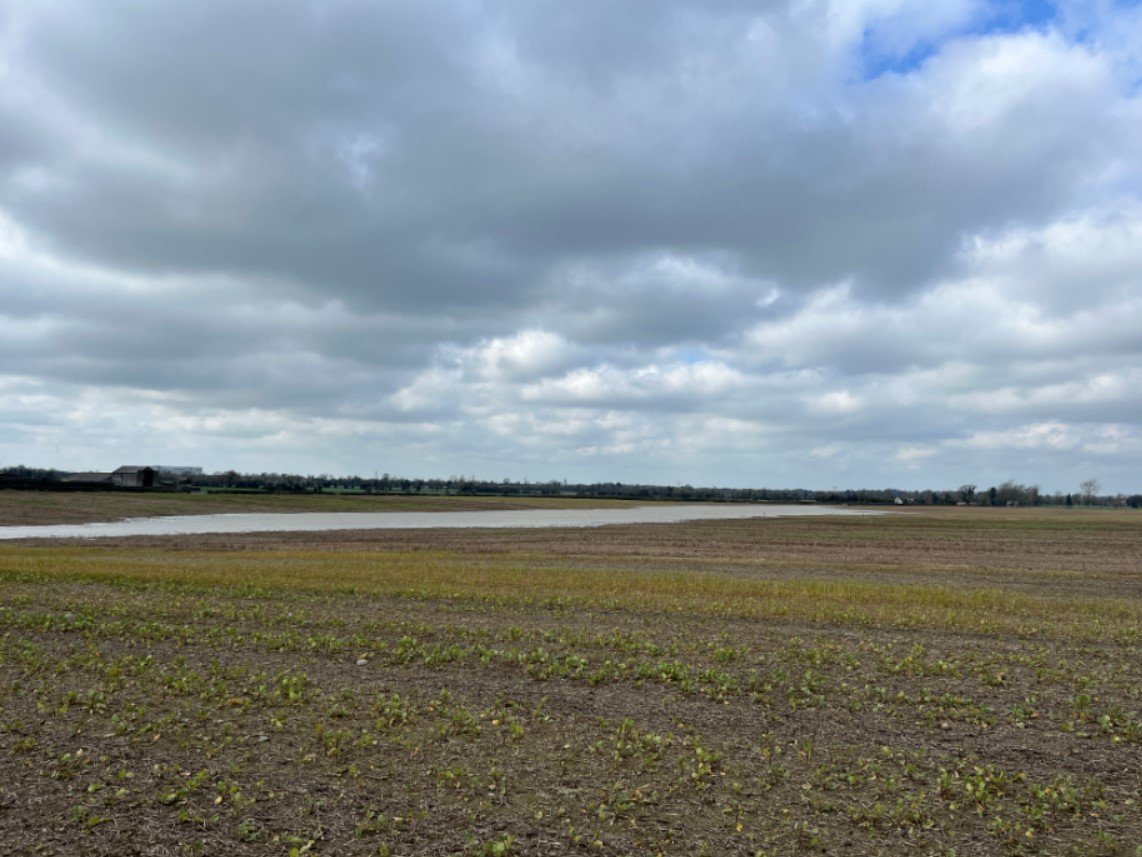
Teagasc Crop Report
Crop Report Update Number 4 2024
Crop Report Update Number 4 2024

To view the full report you must have an existing account with Teagasc ConnectEd.
Farmers sign in hereAlready have a ConnectEd account? Connected Client or Teagasc staff log in here
Risk Mitigation
To date there is almost no spring crops planted, with only the driest ground supporting some planting e.g. perhaps 10-15% planted around Athy. 
"Dry” ground will need at least one dry week before planting could occur with the wetter ground probably needing two weeks –mid April is probably the best case scenario for this ground now. Land which had late harvested crops (maize, beet, potatoes, veg) will need substantially longer to dry out before planting can commence.
Farmers and the broader industry are understandably worried about planting these crops so that the overall area of tillage crops can be maximised in 2024.
There are a number of areas which should be considered when deciding to plant different crops this year. See here for full details of factors to be considered.
Winter Wheat
Many crops are struggling at the moment especially in heavy land where the first application of a compound fertiliser has only been applied in recent days. Septoria is present on lower leaves, weed control is still to be completed in many crops.
Please create an account to view hidden content
Winter barley
Winter barley crops have come to life in recent weeks following the first split of nitrogen. Growth stages vary largely depending on sowing date with early sown crops at a strong GS30 while later sown crops are at mid tillering. Shoot numbers are also variable. Some crops are on target however shoot counts are lower in later sown crops and crops suffering from water damage. Disease levels are low but some septoria nodorum and spot form of net blotch has been reported.
The main split of nitrogen will need to be applied to crops as they reach GS 31.
Please create an account to view hidden content
Winter Oilseed Rape
Crops are at the start of flowering over the last few days so it is too late for many treatments be it herbicides, pgr or light leaf spot control. Pollen beetle risk will also cease now that the crop has started to flower.
Please create an account to view hidden content
Winter Oats
Winter oat crops are looking well at the moment especially those that have received their first fertiliser a few weeks ago. Disease levels are low at the moment
Please create an account to view hidden content
Beans
There are vey little beans sown to date but it is still worth persisting with beans into early April. Harvest will be later but good yields are still possible although the risk of a lower yield increases the later crops are sown. This risk is offset somewhat by the protein payment and attractive forward prices. The final protein payment that growers will receive is dependent on the area planted but is likely to be in the range of €350 - €500/ha.
Please create an account to view hidden content
Spring Cereals
There are no spring cereals sown to date and based on the current weather forecast, at best it will be into April before sowing commences. While this isn't a major concern for spring barley, it is getting late for spring wheat and oats which are a vital component in the overall seed supply for 2024.
April sown spring wheat and oats will generally result in a later harvest but yield is dependent on the weather that follows. Other factors to be considered are spreading risk with a range of crops, broadening the harvest window and implications for crop rotation.
Please create an account to view hidden content
Crop diversification exemption
Minister Charlie McConalogue has announced an exemption to the Crop Diversification element of GAEC 7 for 2024.
Crop diversification (2/3 crop rule) is not required for 2024 but it is important to remember that the other part of GAEC 7, crop rotation, is still in force whereby at least 2 different crops are required at parcel level over a 4 year period.